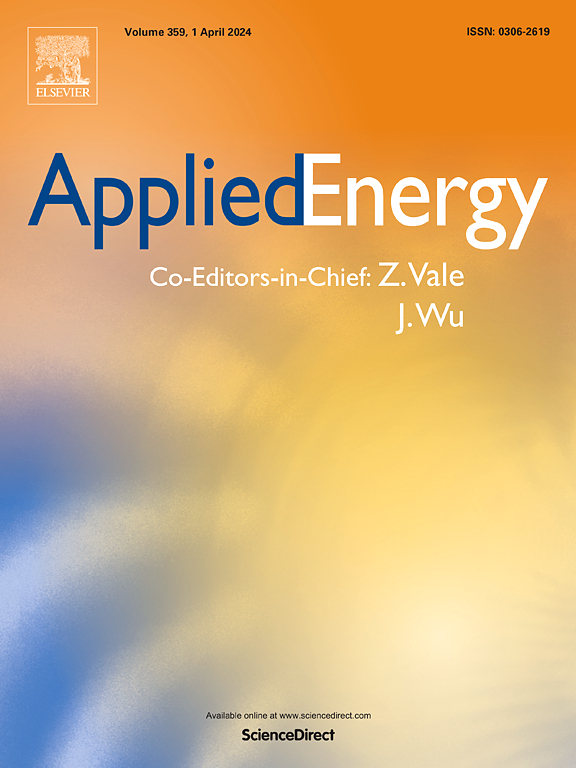Strategic decision-making in offshore oil and gas platform-to-wind turbine conversion: An integrated analysis of structural integrity into retrofit lifecycle costs and climate change impacts
IF 10.1
1区 工程技术
Q1 ENERGY & FUELS
引用次数: 0
Abstract
The conversion of offshore oil and gas platforms into offshore wind turbines presents a viable and complex solution for extending the lifecycle of existing infrastructures at their decommissioning stage while contributing to renewable energy production. However, the retrofit process involved in conversion projects poses significant challenges for decision-makers in resource allocation and strategic planning. These challenges mainly lie in balancing the structural feasibility and economic viability of retrofit processes with their environmental sustainability. This study proposes an analytical decision-making framework that integrates structural integrity assessment into the retrofit life cycle cost and its associated climate change impact analyses. Utilizing a fuzzy analytic hierarchy process methodology, the study evaluates the impact of structural integrity criteria of the integrated existing infrastructure-offshore wind turbine on key retrofit cost components and its climate change implications. This framework provides insights into how variations in structural integrity directly influence the distribution of life cycle cost main contributors in retrofit process and its climate change impact across various life cycle stages. A sensitivity analysis was conducted to examine retrofit cost distributions and environmental effects across different structural safety threshold scenarios, providing strategic insights into sustainable resource allocation and strategic planning optimization in offshore platform conversion projects.
求助全文
约1分钟内获得全文
求助全文
来源期刊

Applied Energy
工程技术-工程:化工
CiteScore
21.20
自引率
10.70%
发文量
1830
审稿时长
41 days
期刊介绍:
Applied Energy serves as a platform for sharing innovations, research, development, and demonstrations in energy conversion, conservation, and sustainable energy systems. The journal covers topics such as optimal energy resource use, environmental pollutant mitigation, and energy process analysis. It welcomes original papers, review articles, technical notes, and letters to the editor. Authors are encouraged to submit manuscripts that bridge the gap between research, development, and implementation. The journal addresses a wide spectrum of topics, including fossil and renewable energy technologies, energy economics, and environmental impacts. Applied Energy also explores modeling and forecasting, conservation strategies, and the social and economic implications of energy policies, including climate change mitigation. It is complemented by the open-access journal Advances in Applied Energy.
 求助内容:
求助内容: 应助结果提醒方式:
应助结果提醒方式:


